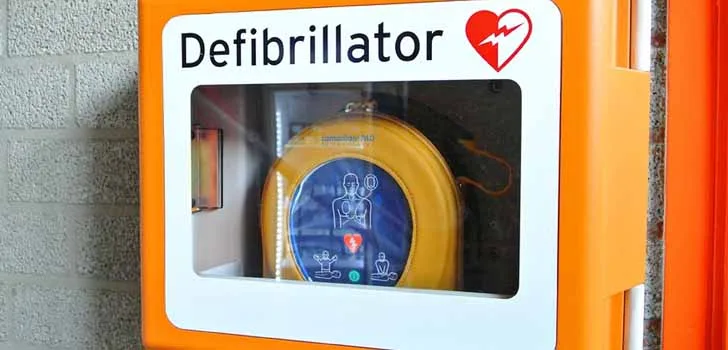While video games are probably the most common virtual reality applications, the technology is also getting use in training scenarios.
Firefighting, the medical field, and law enforcement are just some of the vocations getting VR training integration.
Due to VR’s immersive and interactive nature, it allows people to train for dangerous jobs in a safe environment.
VR can simulate realistic perilous situations without firefighters needing to go near a fire or shoot a real bullet.
The possibilities are endless.
In the medical field, VR is providing new ways to train professionals for on-the-job scenarios.
Holo-healthcare providers GigXR recently released of a new Basic Life Support module for its mixed reality application Holoscenarios.
GigXR created Holoscenarios with partner Morlen Health.
VR For Healthcare and Emergency Training
According to the company, the hyper-immersive Basic Life Support (BLS) training module is lifelike, realistic, and enhances required critical skill learning.
Through VR, BLS allows learners to see and interact with a holographic patient experiencing cardiac arrest.
The new module simulates the urgency of immediately caring for a patient requiring CPR or an automated external defibrillator (AED).
The module shows learners where to place the AED and if it is necessary for the situation.
An in-app 3D model illustrates the physical impacts of diseases on the heart.
Kaiser Permanente Northwest Senior Emergency Physician Patricia Ramos says BLS is essential knowledge for medical professionals.
“Retention is critical to perform the appropriate actions immediately should a real life situation require it, as is collaboration among medical and community team members.” says Ramos. “Often, when we see a poor outcome, it wasn’t that people didn’t know what to do, but rather there was a lack of seamless leadership, communication, and coordination.”
Ramos says the BLS module enables them to teach hard and soft skills in a mixed reality application for deeper learning.
In addition to in-class learning, the BLS module allows learners to connect remotely and view scenarios together.
Remote training is possible through integration of the Gig Immersive Learning platform.
With two scenarios, BLS also allows for different difficulty levels, depending on the learner’s skill.
Ramos says the simulation creates an emotional connection and presents scenarios in a realistic manner.
Ramos says a state-of-the-art or simple task trainer cannot match the BLS module’s level of training.
“By also accurately mimicking the action steps of providing Basic Life Support—from the manual skills of using CPR techniques and an AED to the communication required among the team—the software catalyzes empathy and strong communication skills,” says Ramos. “Our belief is that it will drive knowledge retention so the skills can be used as needed for a potentially life saving situation.”

